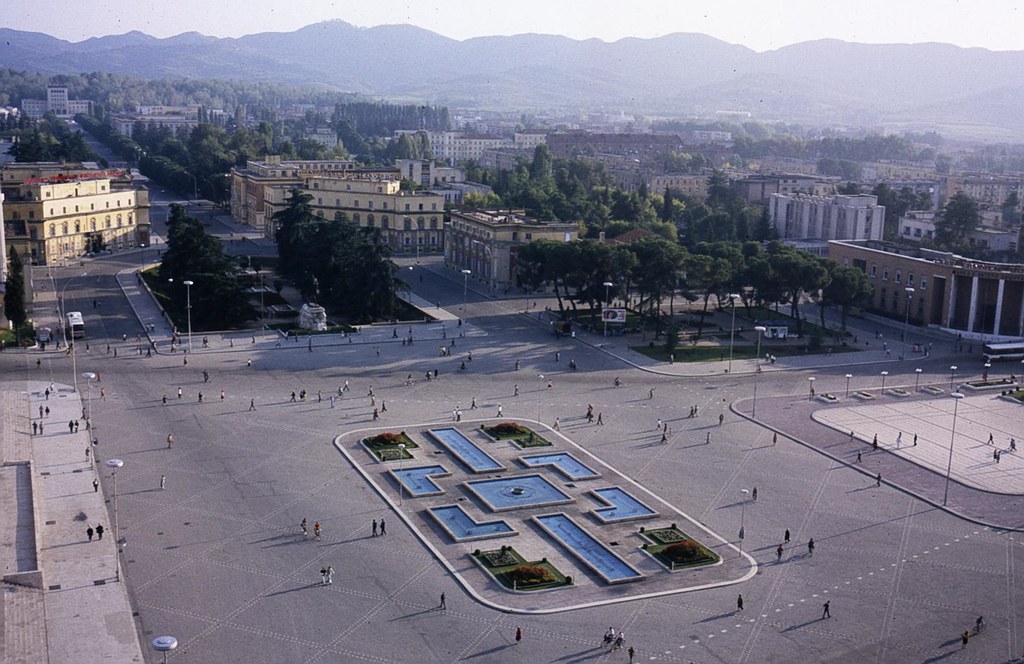Tirana
 Tirana
Tirana
TIRANA Tirana is the capital of Albania. The population consists of 800,000 people. It is also the largest city in Albania. It is an inland city. It is named after the castle of Tirkan, which is most likely of ancient origin and is first documented in Byzantine records. The sea coast is 36 km from the city. The Tirana and Lana rivers flow through the city. There are several man-made lakes in the city.
Památky

In the middle of the city is the large Skanderbeg Square with a statue of the Albanian hero himself and the historic Edhem Bey Mosque from the 17th century, which was one of the few that was spared extensive political and structural changes.
Not far from the mosque there is a clock tower (Kulla e Sahatit in Albanian, built in 1830), ministry buildings from the 1930s and government buildings from the 1960s.
To the east of the city center, there is an old Turkish bridge (Ura e Tabakëve in Albanian) nearby, which has survived to the present day.
Monuments

There is also a very famous mosaic on the building of the National Museum, right on Skenderbeg Square.
The only preserved ancient monument of the city is the Tirana Mosaic (Mozaiku i Tiranës in Albanian) discovered in 1972. It is located in the western part of the city in a newly built but originally Roman house of a probable wine grower. The work was created in the 4th to 5th century AD after the villa was converted into a basilica.
One of the most important monuments in the wider surroundings of Tirana is the Petrela fortress, which was built at the beginning of the Byzantine period near the original road leading to Elbasan.